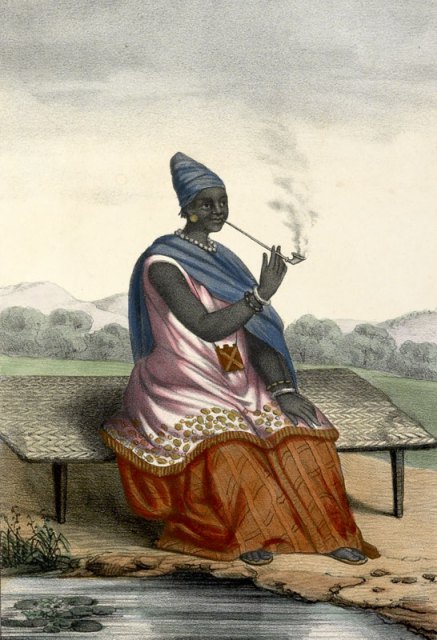We pack into a taxi and ask to go to the end of the road.
Actually, we request to be taken to the end of life. The word sticks between my colleagues teeth slurring voie to vie. Our french needs more chewing.
The taxi grumbles along the path north bound, towards the Mauritanian border, the car-boot lock broken flying open over every bump. However this newly christened ‘road of life’ doesn’t last long and the path quickly dissolves into sand. We pay the driver and begin the rest of the journey on foot.
A skinny horse tethered between the acacia trees eyes us lazily as we stride out towards the North Atlantic. Towards the shoreline juvenile crabs skitter across the sand, scouring the oceanfront for carrion, their work leaving a multitude of furrows in the wet ground transforming it into the texture of elephant skin.
One mile up the beach something in the high tide line catches my eye; oval, leathery, a turtle shell bleaching in the Senegalese sun.
I have to use this.
I want to be a turtle.
This light hearted desire bubbles within me.
To feel what it’s like to have a shell, to transform into the turtle and take on it’s virtues. Sometimes with the street sellers clamouring for my attention I want to be able to tuck my head in, and escape into a impenetrable fortress.
Although this animalistic transformation has it’s roots in a more animistic tradition than what I’m here to research, this small action really capitalises on the immediacy of seeing something inspirational, and testing a work right there and then. I simply can’t help but play with it, it’s a beautiful object.
The heavy shell forces my movements into a slow uncanny trudge, leaving my own deep gauges in the sand, obliterating the fine lines of the crab.
I’m a strange human turtle.























